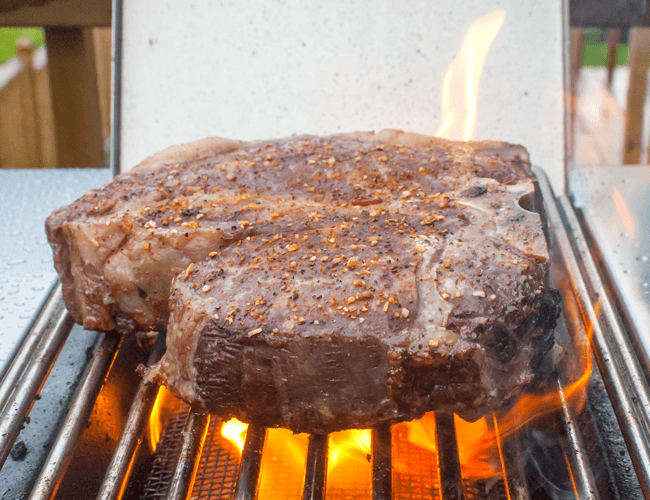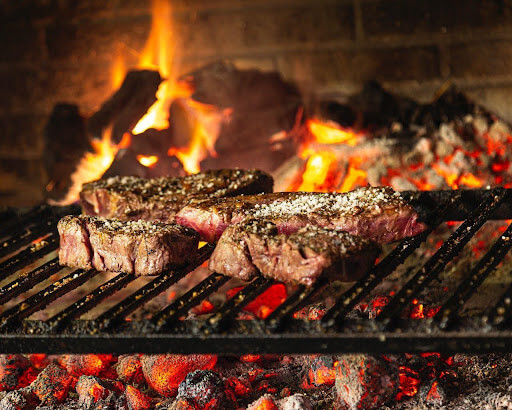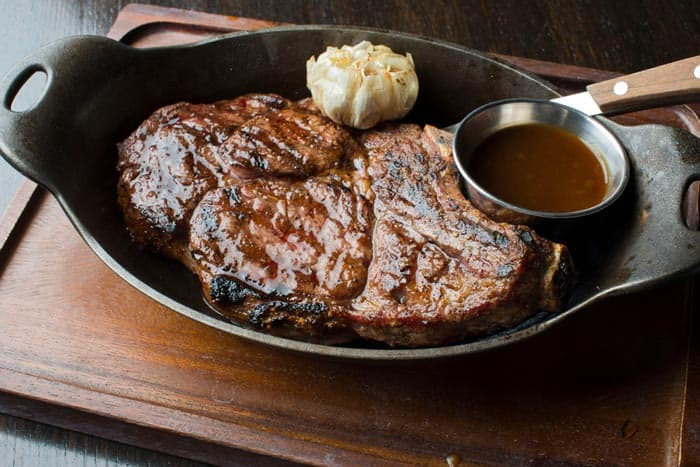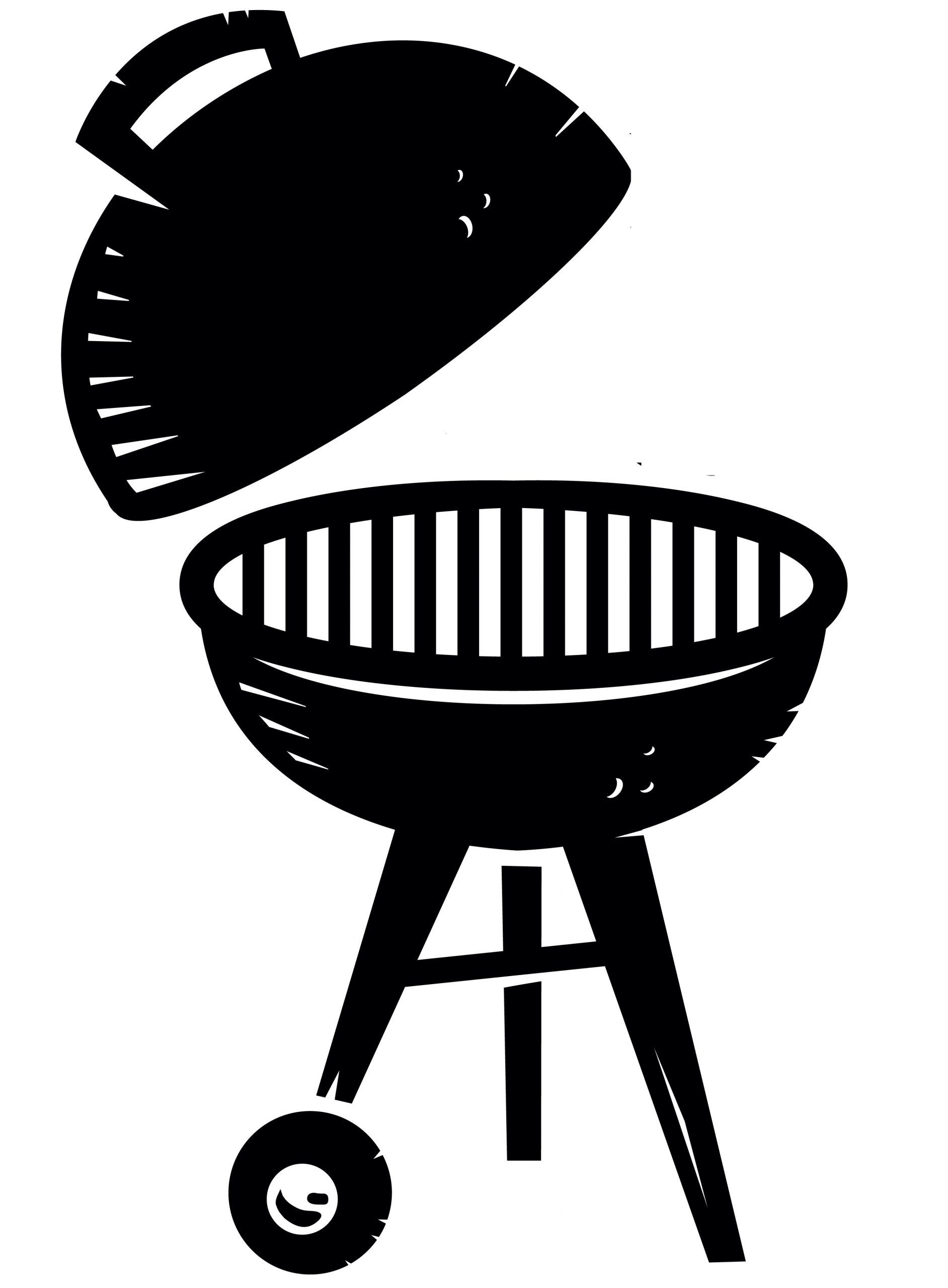When it comes to grilling, few elements contribute to flavor quite like the Maillard reaction. This fascinating chemical process underpins the rich, savory, and complex flavors we savor in perfectly grilled meats and vegetables. In this guide, we’ll explore the science behind the Maillard reaction, offer ways to optimize it for enhanced flavors, and share expert tips to elevate your grilling skills.
Understanding the Maillard Reaction
The Maillard reaction is a chemical process that occurs when proteins and sugars in food meet high heat, typically above 300°F (150°C). It’s the magic behind the browned crust on grilled meats, the golden color of toasted bread, and the aromatic depth of roasted coffee. Unlike caramelization, which involves breaking down simple sugars, the Maillard reaction is a complex interaction between amino acids and reducing sugars, forming a wealth of flavor compounds.
This process creates deep, savory flavors—often described as umami or meaty—that are central to grilling. Since it occurs on the food’s surface under direct heat, it gives grilled dishes their signature color, aroma, and taste.
How the Maillard Reaction Enhances Flavor in Grilled Foods
In grilling, the Maillard reaction transforms proteins and sugars into a flavorful crust while locking in juices, adding to the appeal of steaks, chicken, pork, and even vegetables. Grilling’s high heat provides the perfect environment for the Maillard reaction, creating a pleasing contrast between a caramelized crust and a juicy interior.
Several factors impact the effectiveness of the Maillard reaction on the grill:
- Temperature: High heat is essential for activating the Maillard reaction. Direct grill contact or radiant heat from coals ensures efficient browning.
- Dry Surface: Excess moisture prevents browning by keeping the temperature below the threshold needed for the Maillard reaction. Drying meat or vegetables before grilling maximizes browning.
- Protein and Sugar Content: Foods high in proteins and natural sugars, like meats and some vegetables, are ideal for the Maillard reaction, forming complex flavors.

Techniques to Maximize the Maillard Reaction on the Grill
Mastering the Maillard reaction is about promoting browning while avoiding overcooking. Try these techniques for optimal results:
Preheat Your Grill ThoroughlyPreheating is essential for reaching the high temperatures needed for the Maillard reaction. With both charcoal and gas grills, allow the grates to heat fully. Hot grates kickstart the Maillard reaction, locking in juices and forming a flavorful crust. If the grill isn’t preheated, food may cook unevenly, reducing browning.
Pat Foods DryUse paper towels to remove moisture from the surface of meats and vegetables. Drying allows the food to hit the Maillard reaction threshold quickly. Excess moisture leads to steaming rather than searing, hindering proper browning.
Apply Marinades with CareMarinades add flavor but can also prevent browning if too wet. After marinating, pat food dry to encourage browning. Marinades with ingredients like soy sauce or honey, high in sugars and amino acids, can enhance the Maillard reaction but watch sugary marinades closely to avoid burning.
Avoid Overcrowding the GrillOvercrowding can trap steam, cooling the grill and impeding the Maillard reaction. Leaving space between items enables hot air circulation and maintains the high heat necessary for effective browning. It also helps cook food evenly, preventing some parts from browning while others remain undercooked.
Sear First, Finish with Indirect HeatFor thicker cuts like steaks or pork chops, start with a high-heat sear to form a crust, then shift to indirect heat to finish cooking. This approach preserves a juicy interior while developing a rich, flavorful crust through the Maillard reaction.
Allow Meat to RestResting meat after grilling redistributes juices, ensuring a juicy bite. While resting doesn’t directly affect the Maillard reaction, it prevents excess moisture loss, preserving the crust formed by the reaction.

Selecting the Right Tools for Enhanced Maillard Reaction
Achieving an ideal Maillard reaction also depends on using quality grilling tools. High-quality grills that provide even heat distribution are essential, and certain tools can enhance the results:
- Cast Iron Grates: Cast iron grates retain and distribute heat more effectively than stainless steel, promoting better browning and crust formation. Preheat them thoroughly for optimal results.
- Infrared Burners: Infrared burners generate intense radiant heat, perfect for triggering the Maillard reaction on items like steaks and chicken. After searing, move food to indirect heat to complete cooking.
- Thermometers: Monitoring internal temperatures prevents overcooking while allowing the Maillard reaction to develop. An instant-read thermometer ensures perfectly cooked food, especially with delicate grilling items.
Maillard Reaction vs. Caramelization: Understanding the Differences
Both the Maillard reaction and caramelization contribute to browning, but they create flavors differently. The Maillard reaction involves amino acids and sugars, producing savory, umami flavors. In contrast, caramelization only involves sugars, leading to sweet, nutty notes. Caramelization typically occurs at higher temperatures and primarily affects foods high in sugar, like onions or fruits.
Understanding this difference is key because the Maillard reaction gives foods like meats a deeper, more complex flavor than caramelization alone.

Conclusion
Grilling combines science and technique, with the Maillard reaction as the cornerstone of the rich flavors we love. By understanding the chemistry behind this reaction and applying the right grilling techniques, you can enhance both taste and texture. Keep high heat, maintain dry surfaces, and use quality tools to maximize browning and flavor. These tips will help you achieve professional-quality results on the grill, delivering savory, complex flavors with every bite.
